Keine Lust at the UPC: Anatomy of a Court Still Searching for Its Rhythm
July 29, 2025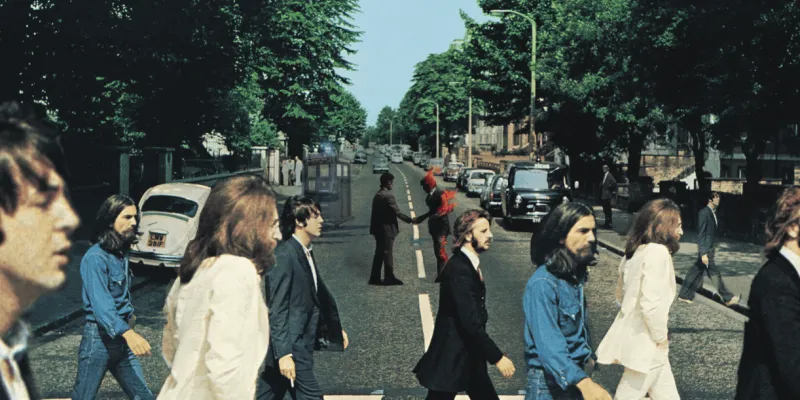
Two years in, the UPC evokes less the exhilaration of a debut concert than the strange lethargy of Rammstein’s Keine Lust. In the iconic music video, the band arrives in full regalia, ready to play. But the performance is slow, hesitant, weighed down by inertia. The gear is polished, the lights are on, the amplifiers hum with potential. The beat is present, but the rhythm doesn’t flow.
This is the state of the UPC in 2025: solemn, equipped, functioning, yet still deeply in its shakedown phase, still struggling to convert structure into tempo. Not dysfunctional, but misaligned. Not stalled, but slow to resonate.
"Ich hab' keine Lust..." — the refrain echoes not as refusal, but as exhaustion. A kind of institutional fatigue before momentum has even taken hold.
A Promising Start, But Not Without Fractures
The recent publication of the report Case load of the Court since start of operation in June 2023 – update 30 June 2025 provides a welcome layer of empirical clarity. While the Court’s early months were marked by formal optimism and structural focus, the data now available allows for a more granular view of how the system operates and where it still hesitates.
Thus, since its launch on 1 June 2023, registered 946 cases have been registered in total, including 351 infringement actions and 68 stand-alone revocation actions. However, the numerical growth masks persistent asymmetries. Munich and Düsseldorf alone have received over half of all infringement actions (123 and 71 respectively), while the Paris local division received 21, and Milan only 15. Other divisions — including Copenhagen, Lisbon, Helsinki or Vienna — remain largely inactive. Similarly, 94 applications for provisional measures have been filed, but their distribution remains uneven, with Munich again leading (24 applications), far ahead of others.
Litigants continue to favour forums perceived as procedurally favourable or linguistically strategic. This confirms that, despite a common legal framework, the gravitational pull of national habits and tactical instincts persists. Like musicians drifting back to familiar chords, parties choose their venue not for unity, but for comfort and control.
A System in Rodage: Between Score and Sound
Though the Rules of Procedure ("RoP", adopted 8 July 2022) were drafted with the aim of ensuring uniformity, their implementation has been anything but harmonious. Judges bring divergent interpretive styles. Local divisions apply uneven levels of scrutiny to preliminary injunctions. While some have issued cross-border measures swiftly, others have denied relief on grounds of insufficient urgency (See Schrödinger’s Patent).
This divergence is not yet cacophony, but it is certainly not harmony. What we hear is a Court still tuning its instruments. The score exists. The tempo is marked. But the sound remains out of sync.
That irregularity had already been anticipated in Schrödinger’s Patent, where procedural uncertainty was likened to quantum indeterminacy. The present analysis confirms that this uncertainty is not anecdotal, but systemic. It also echoes the tension observed in Legal Westworld, where national and unitary reflexes still dream separately.
The Institutional Triangle: Judges, Parties, and the Court of Appeal
Meanwhile, the Court of Appeal in Luxembourg has begun to act as a metronome. It has sometimes reaffirmed rhythm, sometimes reset it. Its tone is more abstract, its tempo slower, but its direction more stable (See Du Hast, But Not So Fast: Lessons from Two Years of UPC Appeals). Still, it cannot alone harmonise a polyphonic system.
Litigants themselves play a central role in defining the beat. Opt-out strategies under Article 83 UPCA, strategic framing of actions, and forum selection remain core compositional choices. They are not noise. They are part of the UPC’s evolving melody. As shown in The Coded Procedural Landscape, these choices are now internalised: forum shopping no longer occurs outside the system, but within it.
Transparency has improved: decisions are more visible, the Case Management System (CMS) more usable. But fundamental questions remain unanswered: how cases are allocated among judges, what real influence the Presidium exercises, and whether divisions are drifting into interpretive silos. The lights are on, but the stage direction remains improvised.
SMEs, Access, and the Cost of Silence
Despite regulatory promises, entry remains steep. This reality was already laid bare in From Pied Piper to the UPC, which examined how procedural and financial burdens disproportionately affect SMEs, the very actors the UPC was meant to empower. The symbolic promise of unitary justice clashes with a cost structure and procedural complexity that continue to exclude many from its reach.
With fees reaching up to €325,000 and recoverable costs capped at €2 million (Guidelines for the determination of the court fees and the ceiling of recoverable costs, April, 24, 2023), smaller innovators struggle to join the performance. For them, Keine Lust is more than metaphor. It is the practical response to a system still too abstract, too expensive, too opaque.
Concrete solutions should now be considered, such as a fast-track litigation path for SMEs (e.g., under €1 million in annual revenue), partial fee waivers, or the creation of an SME litigation assistance fund. These measures are not optional: they are the conditions for genuine access to justice.
Conclusion: Toward a Court That Plays Its Own Rhythm
The challenges facing the UPC today are not limited to docket management or linguistic flexibility. They are systemic: uneven use of procedural tools, asymmetry of access, fluctuating judicial thresholds, and a persistent lack of visibility into governance. As the institution navigates its third year, it is no longer enough to ask whether it works. The real question is how, for whom, and at what cost.
To describe the UPC as “in rodage” is to acknowledge the friction of emergence. The machine is running, yes. But it rattles. It veers. It slows. Like Rammstein at their slowest, it commands attention through presence, not pace.
But rhythm will come. Institutions, like bands, find their timing not in rehearsal, but in repetition. The challenge is not to accelerate, but to synchronise. Not to perform unity, but to compose coherence. And when that moment comes, when structure and sound finally align, the UPC may yet become more than a Courtroom. It may become a stage.
"Ich hab' keine Lust... aber bald, vielleicht."
You may also like






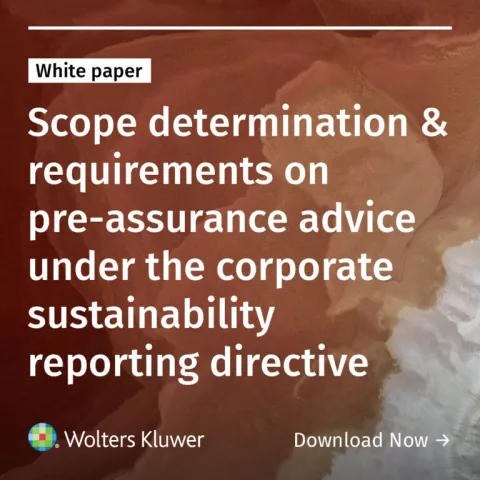

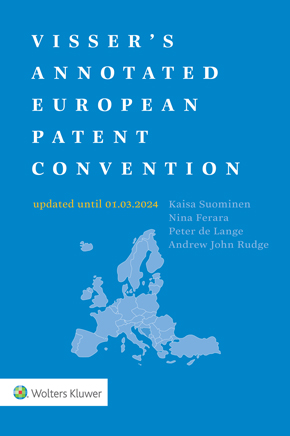
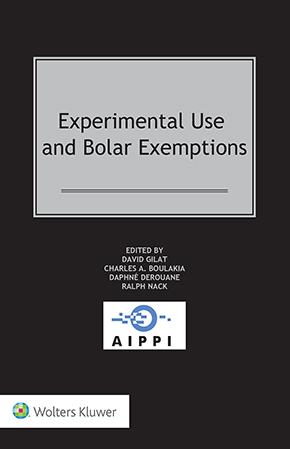

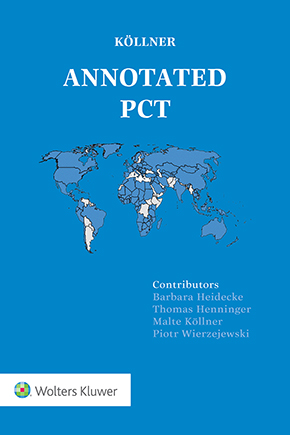


Concerned observer
If I were you, I would not hold my breath waiting for the UPC to take action to ensure that they provide SMEs with genuine access to justice. The absence of any genuine concern for SMEs will be very familiar to those who observed the legislative process leading towards the UPC Agreement and the UPC Regulations. Whilst access to justice for SMEs was often cited as a reason for legislators to approve the Unitary Patent Package, there were never any concrete provisions that backed up what the cynics amongst us recognised were always empty promises. If you have any doubts about whether the cynics have been proven correct, just take a moment to consider how much effort the legislators have put in towards fostering an active market in litigation insurance in Europe. Not a single finger lifted.
Concerned observer
For sweet sounds to emerge from the UPC, it is important that all participants follow the same score. This does not seem to be happening. However, the failures in this regard are not just different interpretations of the same sheet music, but also flat-out refusals to play the correct tune. This is perhaps not unexpected, given that the genesis of the UPC itself required some "creative" interpretations of the law, leading various commentators to question whether the UPC is "an independent and impartial tribunal established by law". However, the occasional issuance of decisions that demonstrate a disregard for laws binding on the UPC has been striking. Firstly, there is EU law. Whilst this is a broad topic, one particularly important factor stands out: the flat refusal of the UPC to make preliminary references to the CJEU. There has already been at least one case where the UPC was obliged (under Article 267 TFEU) to make a reference, but did not do so. Secondly, there is the UPC's own Rules of Procedure. Regarding public access to documents, these have been interpreted very strictly by the court, especially for cases that are still ongoing. However, in flat contradiction to its own RoP (and the GDPR), the UPC has now published all documents associated with opt-outs. All this makes me suspect that, regardless of the score, the UPC is determined to play its own tune. Whilst some might approve of the result, I doubt that it will be pleasing to the ears of those of us who have a fondness for the rule of law.
Keçaàfoutremercilescon(ne)s
C'est beaucoup mieux, pragmatique, finalement c'est pas mal cette approche problème(s)-solution(s), so warum nicht